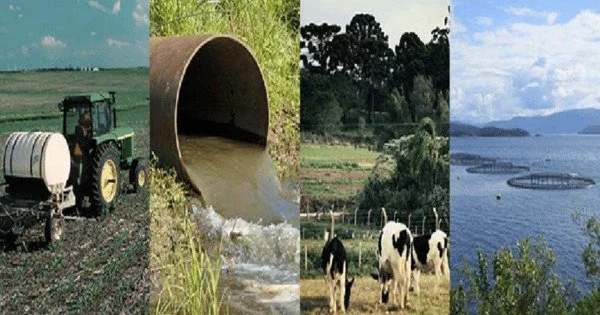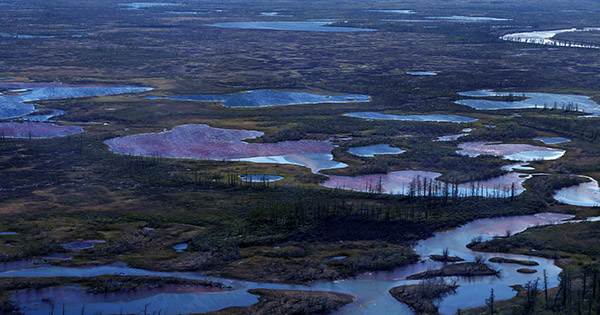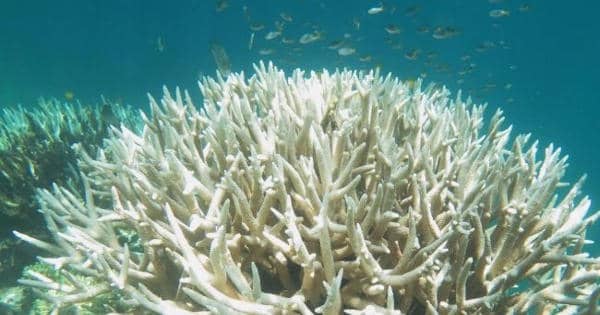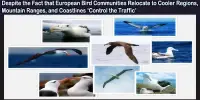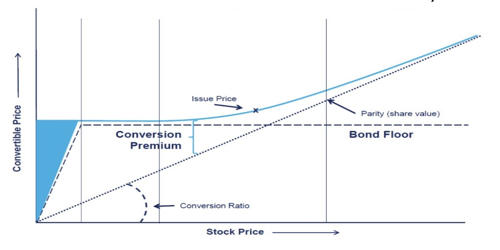Eutrophication, often known as nutrient pollution, is a type of water pollution produced by an overabundance of nutrients, especially nitrogen and phosphorus, entering aquatic environments. These nutrients are necessary for the growth of plants and algae, but too much of them can have a harmful influence on the ecosystem.
It is a type of water pollution that is caused by excessive nutrient inputs. It is a key source of surface water eutrophication (lakes, rivers, and coastal waterways) in which excess nutrients, typically nitrogen or phosphorus, promote algae growth.
Human activities like as agricultural practices, industrial activities, and urban runoff are the primary contributors of nutrient pollution. Fertilizers used in agriculture contribute significantly, as surplus nutrients from fields can wash into surrounding bodies of water via rainwater or irrigation runoff. Similarly, wastewater treatment plants, urban stormwater runoff, and industrial discharges can all deliver significant nutrient loads into rivers, lakes, and coastal areas.
Sources
Surface runoff from farm fields and pastures, septic tank and feedlot discharges, and combustion emissions are all sources of nutrient pollution. Because sewage is high in nutrients, it contributes significantly to cultural eutrophication. Sewage dumping is the practice of dumping raw sewage into a big body of water, which is still practiced around the world.
Excess reactive nitrogen molecules in the environment are linked to a variety of large-scale environmental issues. Surface water eutrophication, toxic algal blooms, hypoxia, acid rain, nitrogen saturation in forests, and climate change are examples of these.
Detrimental effects
When excessive nutrients enter aquatic ecosystems, they cause an overgrowth of algae and other aquatic plants in a process known as algal blooms. The increased growth of these organisms disrupts the natural balance of the ecosystem and can have several detrimental effects:
- Oxygen depletion: As the algae and plants die and decompose, bacteria consume oxygen during the decomposition process. This depletes the oxygen levels in the water, leading to a condition called hypoxia or dead zones. Oxygen-deprived areas cannot support fish and other aquatic life, causing declines in populations and even fish kills.
- Harm to aquatic life: Algal blooms can produce toxins that are harmful to fish, shellfish, marine mammals, and birds. These toxins can accumulate in the tissues of these organisms, leading to illness or death. Additionally, excessive algal growth can physically smother coral reefs, seagrass beds, and other habitats critical for the survival of many species.
- Disruption of food chains: Algal overgrowth has the potential to alter natural food networks in aquatic ecosystems. When significant numbers of algae die and descend to the bottom, bacteria devour them, consuming oxygen and producing CO2. This process disrupts the environment, reducing the availability of food for other animals such as fish and invertebrates.
To address nutrient pollution, a mix of actions is required, including improved agricultural practices to limit fertilizer runoff, enhanced wastewater treatment, and stormwater runoff management. Using buffer zones, wetlands, and other natural systems to absorb and filter excess nutrients before they enter water bodies can help. Furthermore, raising awareness of the problem and supporting appropriate nutrient management methods among individuals, communities, and companies are critical for preventing and reducing nutrient contamination.
